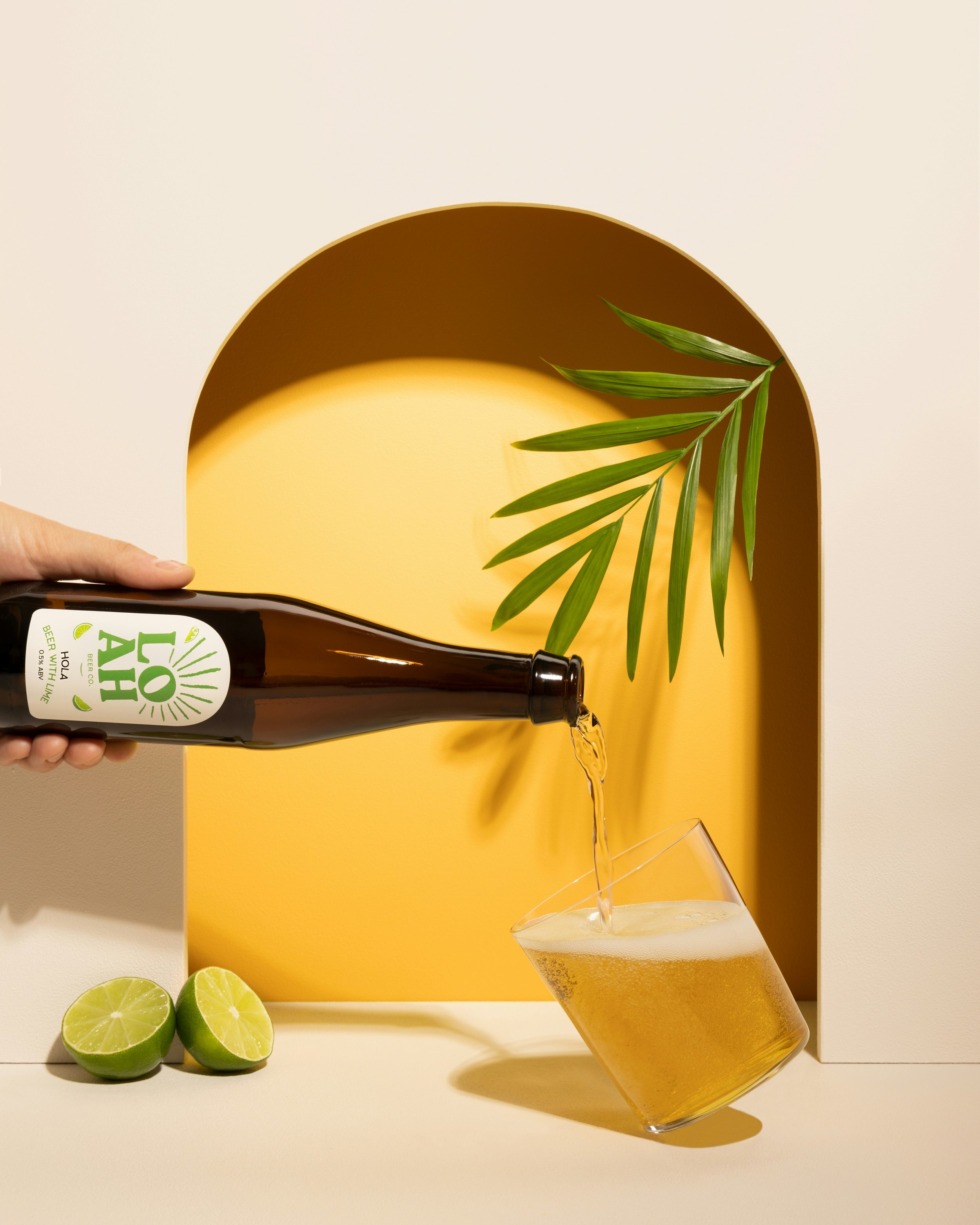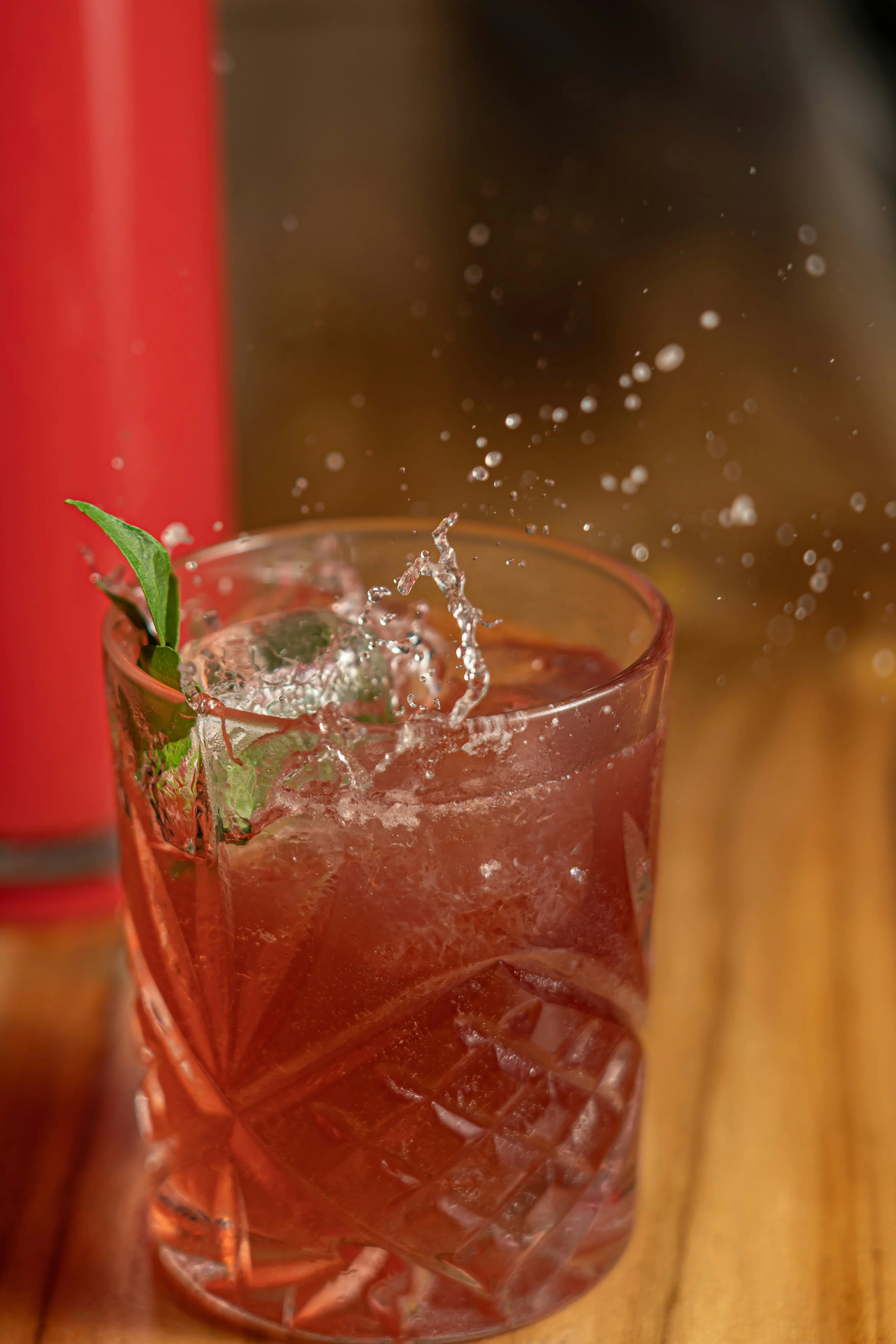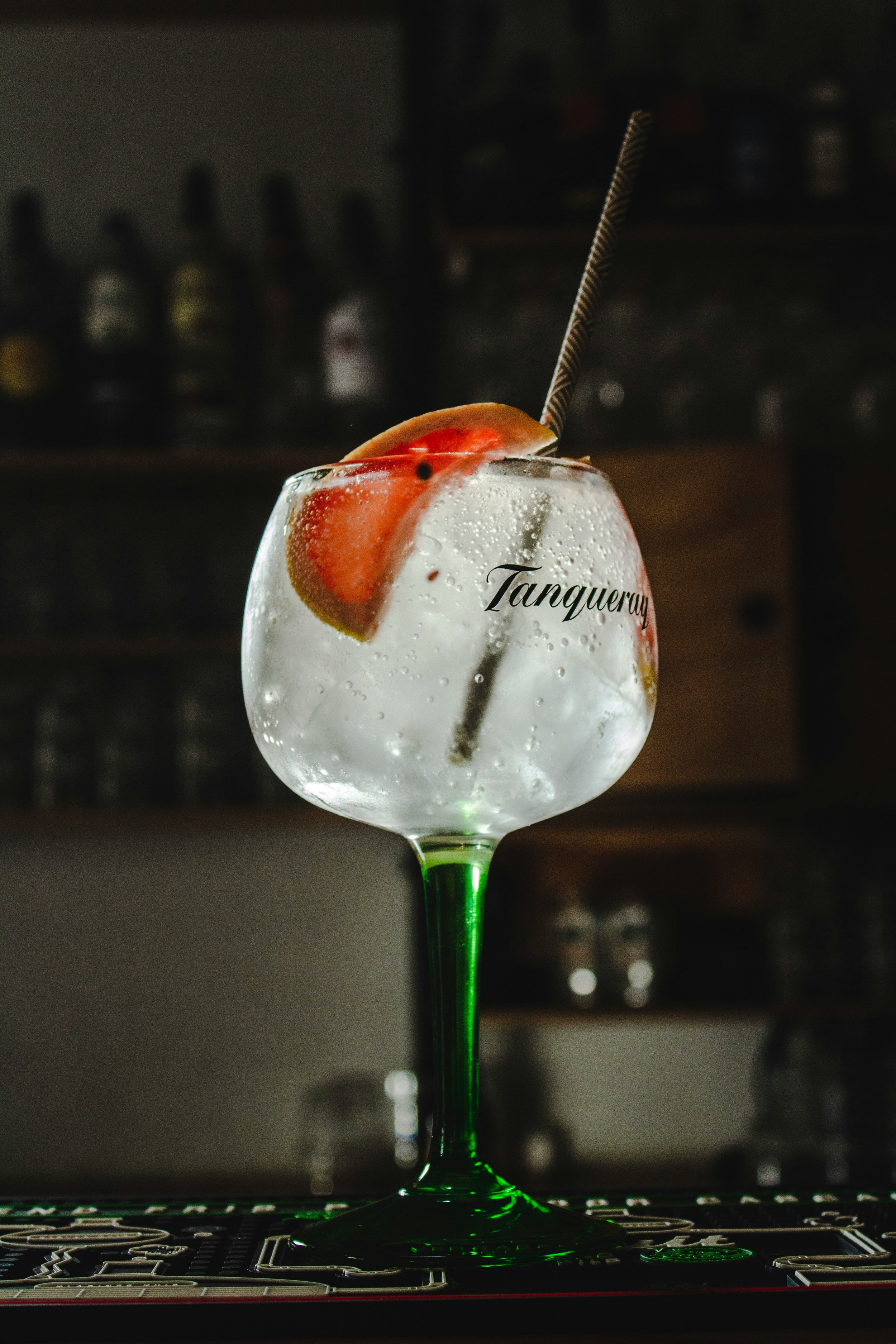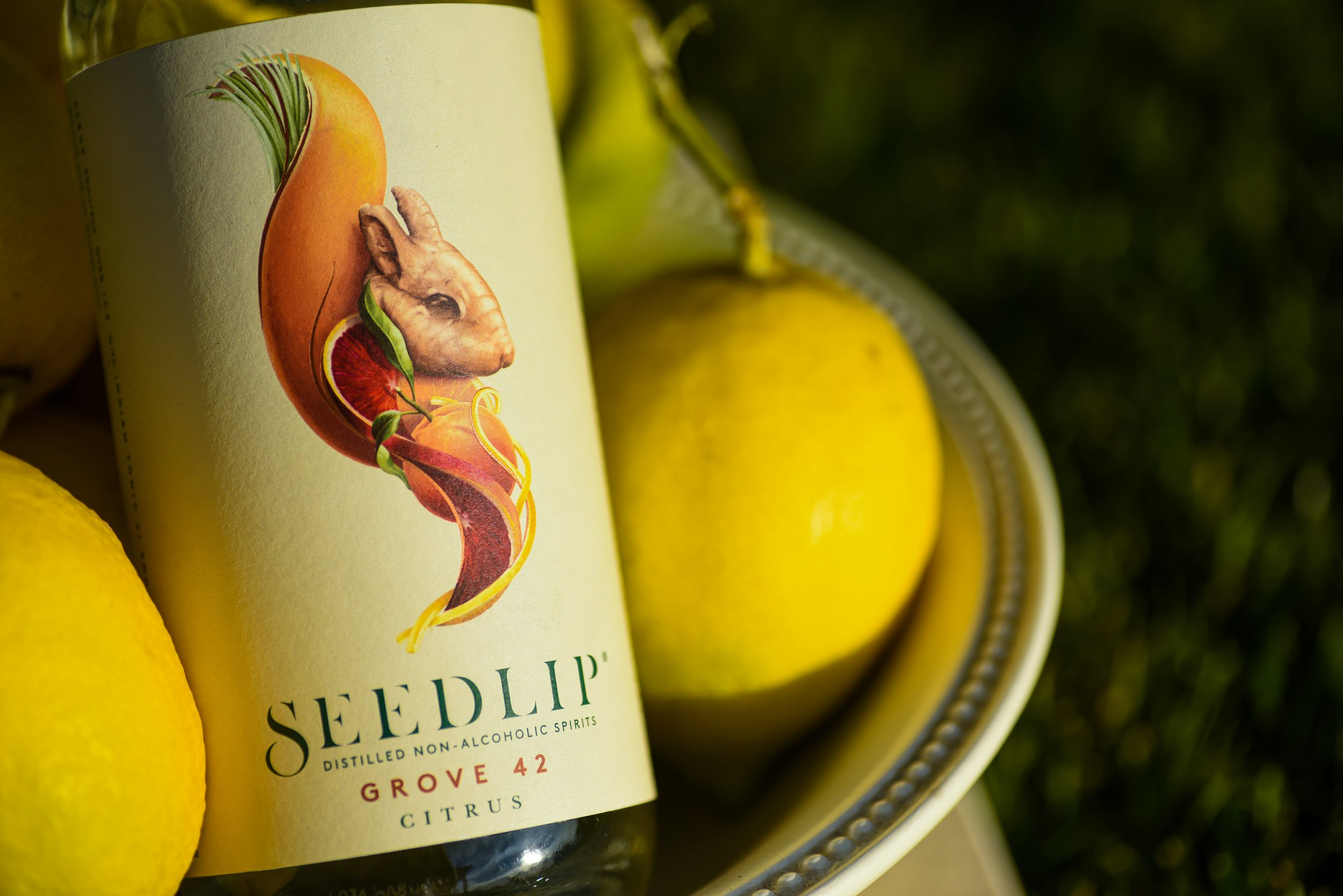Clinking the Experience Age: Mastering the Art of Celebration in the No and Low Alcohol Revolution
Who’s taken on the Dry January challenge this year? And more importantly, who’s stuck to it? Only less than one week left!
January marks the time of fresh beginnings, where resolutions often centre around adopting a "new year, new me" mindset. Concurrently, Dry January gains momentum, with individuals embracing an alcohol hiatus. This trend now evolves beyond mere abstinence, as consumers now have a plethora of substitute no- and low-alcohol drinks that promise the same taste and joy. This shift is set to stay, with consumption projected to increase by a third by 2026. However, consumers are discerning, seeking brands that don't compromise on taste, flavour, or quality.
Brand Response:
Beverage brands are increasingly adapting to the no and low alcohol trend as they respond to a decline of 5.2 million UK adults engaging in weekly drinking between 2021 and 2023. This has driven brands to innovate with reduced or zero-alcohol products. As the UK's no or low-alcohol market is expected to grow by 7% between 2022 and 2026, brands need to explore ways to capitalise on this trend both on-trade and off-trade.
So how can brands re imagine taste experiences to shift away from alcohol.
Sensorial Focus:
Authentic taste is crucial in the no and low alcohol category. A YouGov survey reveals that 44% of drinkers aged 18 to 24 opt for alcohol alternatives, seeking a sensory experience that rivals traditional beverages. Crafting unique flavour profiles, from crisp alcohol-free beers to complex non-alcoholic spirits, is key. Brands can enhance the pour and serve with innovative twists on flavours, notes, and ingredients to offer distinctive taste experiences. Last year, we embodied this by curating the San Miguel Terrace Bar at Somerset House for the third year in a row. Inspired by Ibizan vibes, the terrace brings sundown moments and an essence of the Spanish passion for life, to the hustle and bustle of London. Offering non-alcoholic and alcoholic options, guests could immerse in this premium experience and build connections in a sensory environment full of authentic Ibizan origins.
Owning the occasion:
There’s a shift towards celebrating occasions, rather than fixating on alcohol content. With the rise of no and low alcohol alternatives, socialising becomes centred on experiences and connections. Or even the ceremony of food & drink together. This aligns with a broader cultural movement towards wellness and responsible consumption, creating a more inclusive array of beverage choices for memorable moments without high alcohol content.
We got a taste of all the action in London and Manchester having recently collaborated with Birrifico Angelo Poretti to curate two shared dining and beer pairing experiences at La Grande Tavola. Reflecting the brand values, La Grande Tavola offered an opportunity for guests to indulge in authentic experiences that explored the essence of la dolce vita. This dining experience helped to build emotional connections with others whilst engaging consumers through product knowledge. To top the event off, it was hosted at a signature Italian restaurant in Manchester and the pasta dish was served from a giant pan to provide a more theatrical and immersive experience for guests to share on social channels. This event led to hugely positive sentiment as 86% of attendees stated that they would purchase Birrificio Angelo Poretti after the event took place.
Premiumisation:
Consumers, despite hesitancy in spending on non-alcoholic drinks, seek quality in their choices. Premiumisation goes beyond quality and pricing, presenting an opportunity for brands to craft narratives that align with consumers' desire for exclusive and luxury experiences. Striking and vibrant visual packaging elements further enhance the appeal of these non-alcoholic offerings, setting them apart from conventional soft drinks.
Connecting to Gen Z consumers:
Gen Z, comprising 18 to 24-year-olds, is a significant demographic choosing low and no-alcohol drinks. Brands need to align with the evolving values of Gen Z, going beyond merely offering non-alcoholic options. Addressing societal concerns, such as loneliness, and embracing self-expression become crucial avenues for connecting authentically with this generation.
Experience Economy:
Connecting to Gen Z consumers:
Gen Z, comprising 18 to 24-year-olds, is a significant demographic choosing low and no-alcohol drinks. Brands need to align with the evolving values of Gen Z, going beyond merely offering non-alcoholic options. Addressing societal concerns, such as loneliness, and embracing self-expression become crucial avenues for connecting authentically with this generation.
In summary, the current era presents an exciting opportunity for brands to capitalise on the no-alcohol trend, aligning with the cultural shift towards wellness and mindful living. With consumers becoming more selective in their choice, brands have the chance to innovate and create sophisticated non-alcoholic products that meet the demand for taste, quality, and overall experience.
Sources:
Just Drinks
Linney
The Grocer







